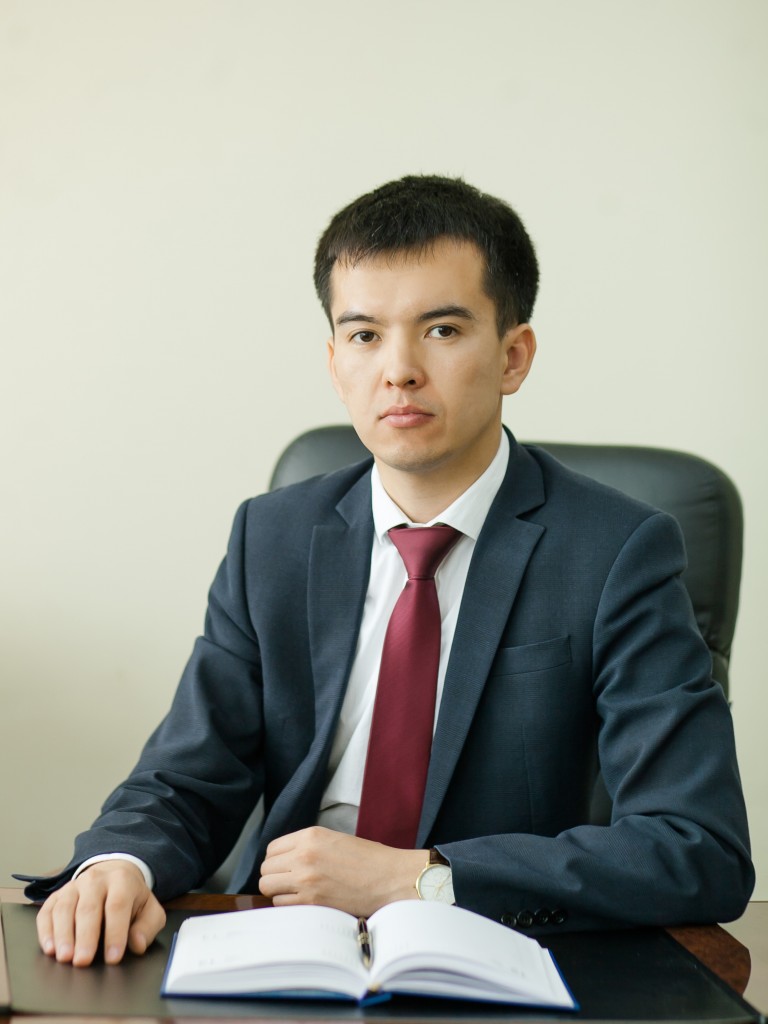ASTANA – The Akmola region administration set an ambitious task to implement numerous projects with foreign investment participation to bring innovation and boost industry profits.
The Astana Times interviewed the region’s entrepreneurship and industry department head Yerbol Ospanov to learn about investments attracted to the region and important projects launched this year.
Local authorities closely collaborate with the Kazakh Invest regional office, which supports investment projects from idea to implementation. The investor’s service centre based on the Yessil Socio-Entrepreneurial Corporation was also opened in July in Kokshetau.
The entrepreneurship and industry department manages and monitors industrial-innovative small and medium-sized business development, trade, common mineral resources subsoil use and other regulated types of investment activities in all sectors of the region’s economy.
“The expectation is to implement 100 projects worth a total of 144.5 billion tenge (US$436.6 million) and to create 2,600 jobs in the Akmola region. Thirty-four of these projects have already been put into operation for 14.2 billion tenge (US$42.8 million) and more than 500 jobs were created,” said Ospanov.
The largest executed projects include the data processing centre in the Tselinograd district, modernising the Tonkeris grain-collecting station in the Shortandy district, expanding the Makinsk grain reception site and producing flour at Nanar Company in the Bulandy district.
“The work is underway to attract foreign investment to the region. A project with foreign participation to construct AgroMax Astana, a mill complex with a capacity of 36,000 tonnes per year, was launched in the Shortandy district in June,” he added.
The volume of investments in fixed assets in 2016 was 223.1 billion tenge (US$674.2 million), or 106.6 percent of 2015.
“This year, we plan to attract investments in the amount of 238.7 billion tenge (US$715.7 million), or 101 percent of real growth. Investments in the manufacturing industry totalled 24.9 billion tenge (US$75.2 million) and the task is set to attract at least 28.5 billion tenge (US$86.1 million),” said Ospanov.
From January-June, the volume of investments in fixed assets in the region was 88 billion tenge (US$265.9 million), or 110.8 percent compared to the corresponding period of the previous year. Manufacturing industry investments were 9.8 billion tenge (US$29.6 million) and foreign investment in fixed assets was 5.2 billion tenge (US$15.7 million).
The Akmola region presentation was developed including general information about the region, main niches for attracting investments and solid and common mineral resources.
“We also identified possible sales markets, transport infrastructure and other useful information for potential investors,” he said.
A list of projects requiring funding with specific information and initiator’s contact details was also created.
“We organise exhibitions and presentations promoting the region’s investment attractiveness at various regional and national events on an ongoing basis and hold meetings with foreign delegations,” he said.
This year, there are plans to implement seven projects worth 95.4 billion tenge (US$288.2 million) and create 1,100 jobs as part of the State Industrial and Innovative Development programme. Two projects, production expansion at the Samhat shoe factory in the Tselinograd district and launching the Invest-RT gold recovery plant for mineral processing in Stepnogorsk with a capacity of 108,000 tonnes per year, have already been initiated.
The Kokshe-Cement plant with a capacity of two million tonnes per year and three Kazakhaltyn Technology Company gold recovery plants are currently under construction in the Yenbekshilder district.
The main instrument of industrialisation is investment attraction to the priority sectors of the processing industry corresponding with the region’s sectoral specialisation. Traditional processing industries, including food production, metallurgy, mechanical, chemical and construction, are characteristic for the region.
“We also aim to get more cooperation of commodity producers in promoting processed exports in the near future. This is also directly related to attracting investments in export-oriented production, increasing the competitiveness of domestic products,” said Ospanov.
The specialisation map, presenting opportunities and state support mechanisms for project implementation stages to reach the designed capacity, helps to demonstrate the region’s potential advantages and attract private investments in priority sectors.
“A relatively low capacity of the domestic market, a high cost of energy resources and a shortage of highly qualified personnel are the main factors affecting attraction of investments to the region, especially foreign ones. We believe our joint efforts with Kazakh Invest will improve the situation significantly and help attract foreign investment,” he said.



